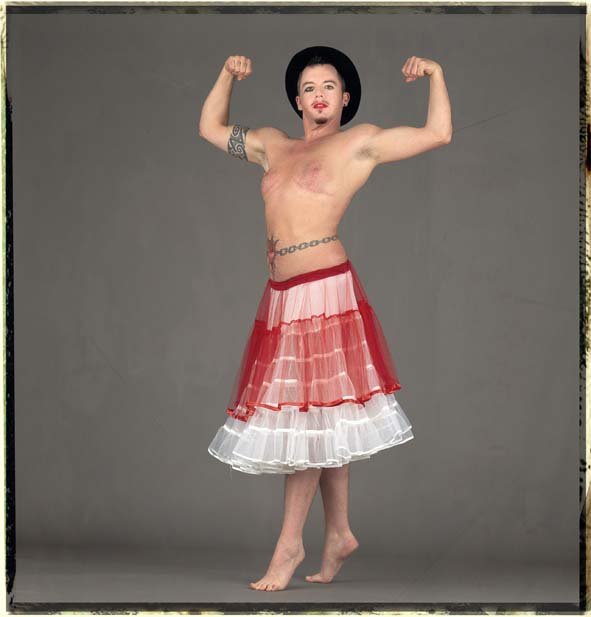What is LGBTQ Art?
Table of Contents
Introduction
Early History
20th Century Art
Contemporary LGBTQ Art
Introduction
LGBTQ art refers to creative works that explore themes relating to lesbian, gay, bisexual, transgender, and queer identities and experiences. This type of art has existed for centuries, even when homosexuality and gender variance were taboo or even illegal in many societies. LGBTQ artists have used their work to challenge heteronormativity, advocate for equality, and express their identities. Amber LeMay and the whole team are huge proponents of LGBTQ art in all its forms. Check out the extensive collection of artists and authors who have been interviewed on the show! And yes, Drag Queens are a form of LGBTQ art!
Drag Queen cousins Lucy Belle Lemay and Amber LeMay
Early History
Art with LGBTQ themes can be traced back to ancient civilizations. In ancient Greece, homoeroticism between men was common and often celebrated in art and literature. Greek vases frequently depicted romantic encounters between same-sex lovers. During the Renaissance, artists like Michelangelo and Leonardo da Vinci subtly incorporated homoerotic undertones in some of their works. However, most LGBTQ-themed art was not publicly displayed but rather collected by a small community of appreciators.
20th Century Art
In the 20th century, some artists began to more openly address LGBTQ identities in their work as social views slowly evolved. The Bloomsbury Group in Britain included prominent gay and bisexual writers and artists such as author Virginia Woolf and painter Duncan Grant who featured same-sex relationships in their oeuvres. Surrealist photographers like Claude Cahun and Gertrude Stein's partner Alice B. Toklas also contributed groundbreaking LGBTQ-themed work during the early 1900s.
Later in the century, pop art pioneer Andy Warhol, who was openly gay, explored ideas of masculinity and sexual identity in pieces like "Boy with Flowers." The Stonewall Riots of 1969 were a watershed moment in LGBTQ rights history, empowering more artists to celebrate queerness in rebellious and unapologetic ways through their art.
Contemporary LGBTQ Art
Today, LGBTQ artists have greater freedom than ever before to openly address themes of gender, sexuality, and identity in their work. Contemporary queer artists like Mickalene Thomas, Catherine Opie, and Kehinde Wiley create works that challenge traditional gender and sexuality norms. Multidisciplinary artists like Ryan Trecartin and Kalup Linzy use video, sculpture, and performance to comment on society's constructed identities. Transgender photographers like Del LaGrace Volcano and Zackary Drucker provocatively capture the beauty and complexity of gender transition.
Del LaGrace Volcano’s work
Many major art institutions like The Museum of Modern Art and the Guggenheim now feature exhibitions highlighting a range of LGBTQ artists and issues. Events like queer art fairs provide exposure for up-and-coming talents. With growing acceptance, the possibilities for meaningful LGBTQ artistic expression continue to expand.
For centuries, courageous LGBTQ artists have used their work to share stories, express identities, challenge social norms, and envision equality. Once forced to conceal these themes, queer artists now openly and proudly infuse their experiences into creative mediums spanning the visual, literary, and performing arts. The history of LGBTQ art shows both society’s oppression as well as the power of art to overcome it and drive positive change. As LGBTQ communities and allies worldwide continue to advocate for inclusion, the vibrant, meaningful contributions of queer artists become more accessible to all.
—This article was written, restructured, or adapted by Russell with information gathered from sources around the internet. Russell is the producer of Amber Live and is greatly overworked to pull it all together. If it’s on the internet, it must be true. (We’re kidding.) BUT, if you find any errors or omissions in the article, please let us know so that we may correct the issue. Thanks for your support!



